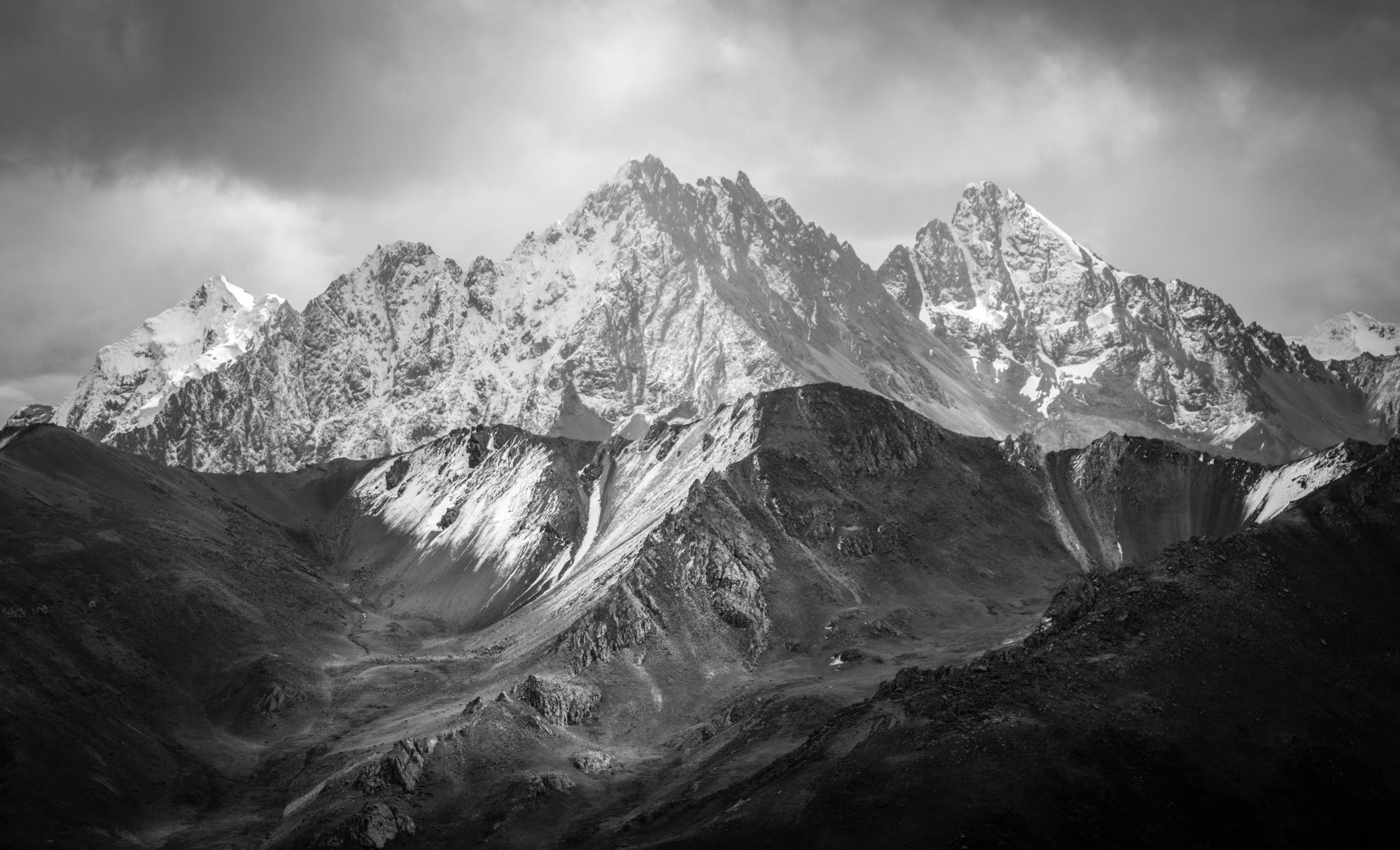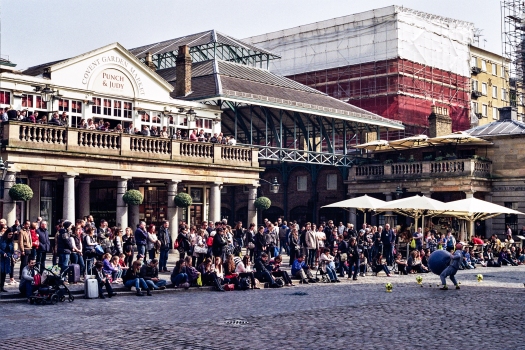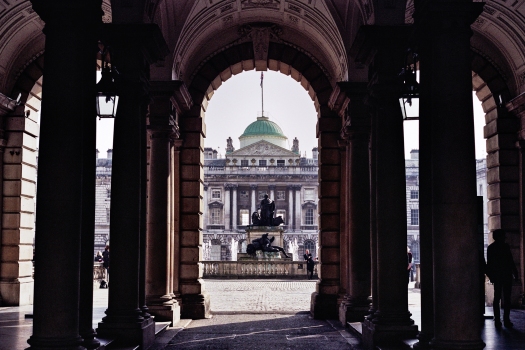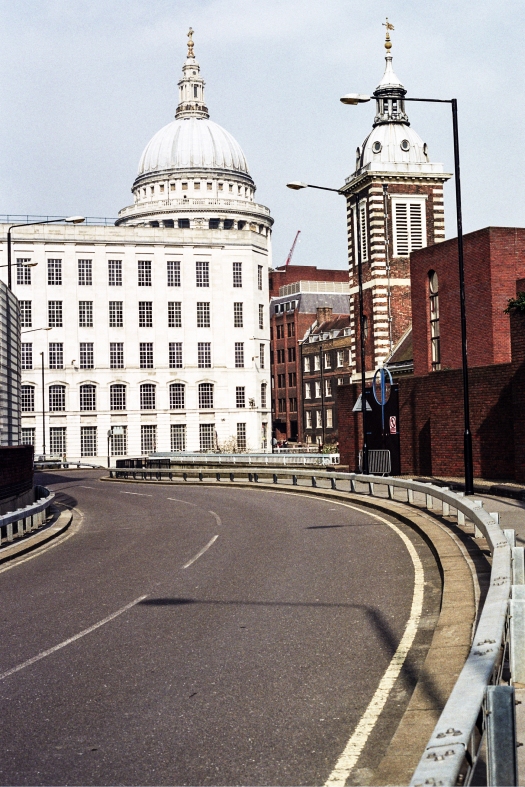The seventeenth century, I think that’s when it’s from. It’s thicker than the ones they started making after 1700. It’s a creamy white, two inches long, and looks like a thin piece of chalk. There’s a hole going through the centre but it’s blocked at one end. Three centuries in mud will do that. I found it on the exposed riverbed at low tide one day.
Bits of clay pipe can be found all over the banks of the Thames in central London. Some intact but mostly broken. Bowls tend to be buried, only a sliver poking out from the mud. Some remain in one piece, with long thin stems and ornately decorated bowls. This is just a piece of stem, snapped off at some point whilst being sloshed around on the riverbed, or broken in-use and thrown in the river.
There were over a thousand clay pipe makers in London in the seventeenth century. They’d move around selling pre-filled, disposable pipes to be used just once then discarded like rubbish. The various river workers, ship builders, dockers and watermen would finish their smokes and chuck them into the water.
I’d like to think that this piece belonged to a waterman. A wily old fellow, born into the job. Raised to read the river and know the lore of the tides. Watermen were the taxis of the Thames for hundreds of years. By the time tobacco became the vice of the common folk they were an established company working the waterway in their thousands, ferrying passengers up and down the river day and night.
Waterman’s stairs were the taxi ranks of their day. Many still exist on each side of the river, cold stone steps leading into the water. They follow walls of green algae down to paved causeways on the river bed, where the watermen made their pickups at low tide. The steps had unique names, some familiar like Blackfriars, Shadwell, or Wapping. Others more intriguing like Old Magpie, Pickle Herring or Executioners Dock.
There was one right where I live. Mill Stairs it was called, at the bottom of Mill Street and Bermondsey Wall West. The stairs are long gone but the gateway still exists. It leads to the houseboat moorings now, a floating village that bobs at hight tide and sits flat on mud and tyres at low water. I walk through it each day to get to my home via a rickety old bridge. A portal between two worlds of London. From street life, to river life. From traffic, tarmac and paving stone, to water, tides and mud. Where I found the clay pipe.

















